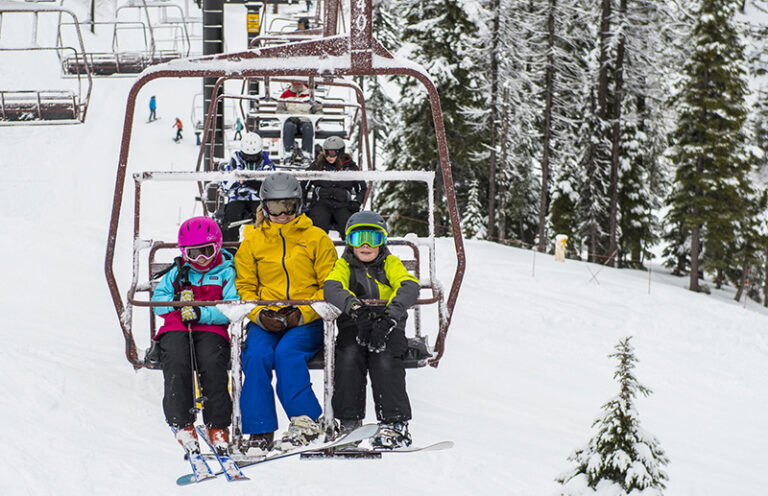A Mile In Her Boots: Women Who Work In The Wild
Jennifer Bové, Editor
Solas House, 2006, 296 pages.
After reading A Mile in Her Boots, I may never again complain about my aching back after a hard day at the laptop.
For the women who contributed to this compilation of true stories, “going to the office” can mean anything from waking at dawn to set nets for the pink salmon run, to jumping from an airplane into a forest fire far below. Editor Jennifer Bové has brought together an inspiring group of smart, strong and gutsy women.
The writing styles in A Mile in Her Boots is as varied as the profiled outdoor jobs and their natural settings. In “Caught for Sure,” a sweet and short story by Mary Jane Butters (of Mary Jane’s Farm) about her days with the Forest Service in the 70s, we are treated to an anecdote about a na•ve young woman with the fishing patience of a hungry bear. I especially loved Leslie Leyland Fields’ visceral “Hurled to the Shark” and the Old Testament passages weaved into a tale of a seasonal battle with herself and the sea.
Bové included a story of her own with “First Night at Field Camp,” a brief glimpse at her work as a field biologist, trying to act like “one of the guys” to get along with the summer crew, while simultaneously praying she remembered to tuck tampons in her backpack.
And I will never forget Lori Messenger’s “Milk.” The image of new mother Messenger sitting behind a tree, on break from setting controlled burns and smoke jumping, desperately cursing her inadequate hand pump while trying to express breast milk into a bottle had me laughing in sympathy and admiration.
The women’s work done in A Mile in Her Boots is all over the map. Literally. But a common theme in these stories is one of the intense satisfaction and the sense of being completely awake to their lives from working in nature and from using their muscles as intensely as they do their minds.
Angie Dierdorff Petro
Blossoms are Ghosts at the Wedding
Tom Jay
Empty Bowl Press, July 2006, 165 pages.
Thoughtful people choose words carefully. Writers, particularly those engaged in responding as clearly as they can to the natural world, are fated with a privileged obsession: seeking the precisely right words to best illuminate their experiences.
Tom Jay offers a range of observations on attentiveness to words we choose to enliven our affinities in his new book, Blossoms are Ghosts at the Wedding.
Jay, also an accomplished sculptor and co-founder of long-lasting Northwest salmon habitat restoration projects, juxtaposes poems, essays and commentaries to lead a reader into understanding that an appreciation for the roots of language leads directly to connecting more fully with the place where you live. A surprise is that, for all the complexity in his writing there is not a whiff of abstraction; it is as rich and dense as the soil beneath your feet.
How does a book like this work? A favorite reference by Wendell Berry quoting one of his neighbors on the problem of being unable to tell anybody how to do something practical: “I can’t tell you how to do that but I can put you where you can learn.” Jay’s style achieves an unusual intimacy with the reader and you find you are discovering material that matters. It is very personal storytelling about a love of key ancestor words, about passionate involvements in place-based relationships and luminous poems of all of this nuanced reflection.
And, just a mention about the muse for all of you writers who care about that crucial relationship: Jay provides a definitive commentary on this subject that should be required reading for all introspective people seeking their way home.
Conventional wisdom, with its shallow roots and pathology for detached objectivity, has utterly failed us. Robinson Jeffers: “A little too abstract, a little too wise/It is time for us to kiss the earth again.” Jay shares some things to consider while deepening that intricate courtship with where you live.
Terry Lawhead













